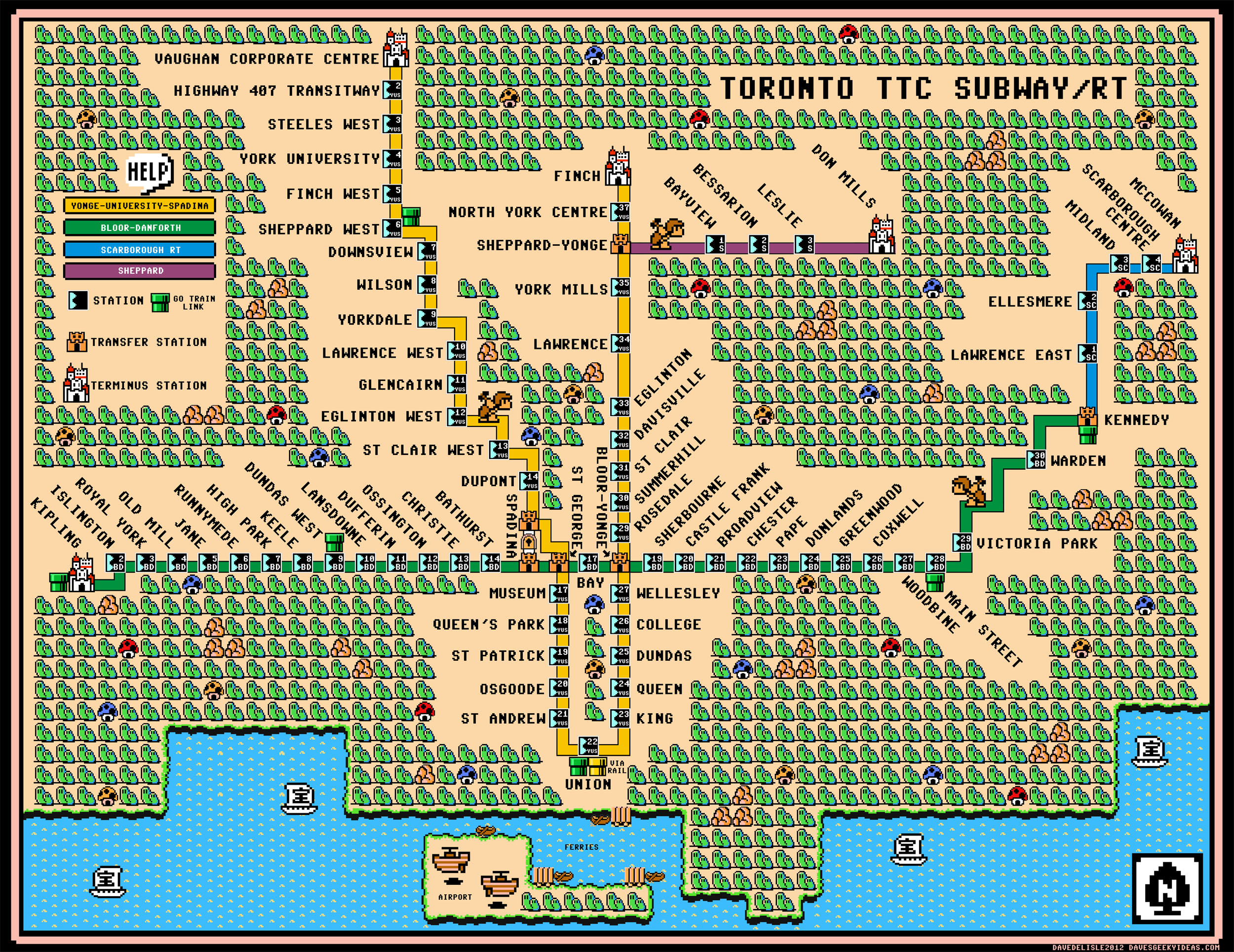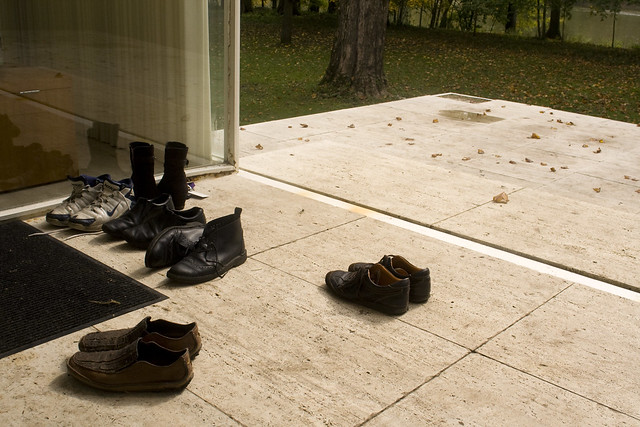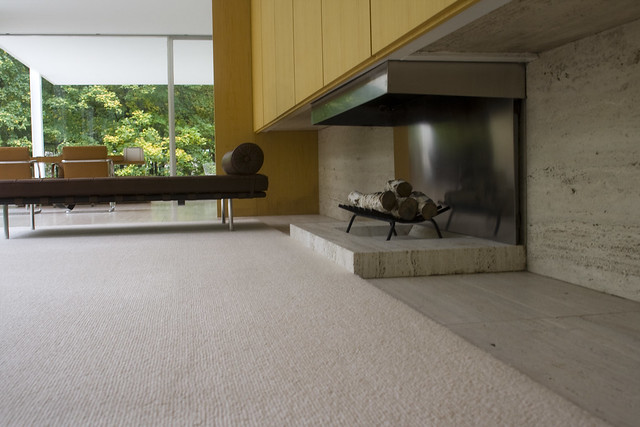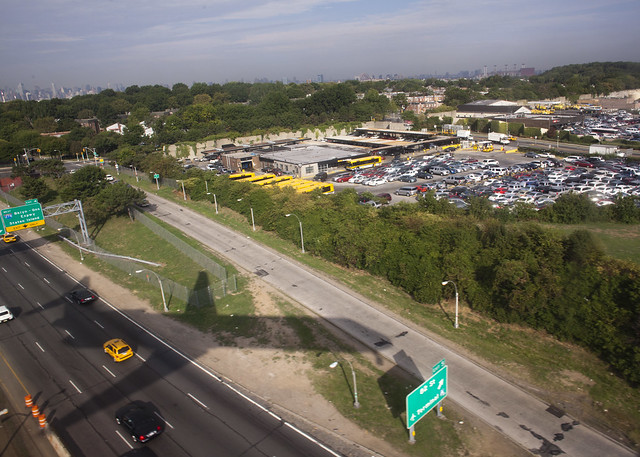
The New York Times brings us an evergreen story, A Satellite System That Could End Circling Above the Airport:
Radar has proved to be reliable over the years. But air traffic controllers can be sure of the precise location of the planes they are directing only when their radar sweeps once every six seconds. To make up for that uncertainty, controllers keep wide buffers between flights. Satellite technology will eventually change that equation and allow planes to fly much closer to one another because they will broadcast their locations with more accuracy.
In effect, airports could increase capacity without building more runways because more planes could take off and land every hour.
The Times is talking about NextGen, a program which aims to transform America’s air traffic control system from an ground-based radar system to a satellite-based system.
But this won’t help in airport delays. And it certainly won’t help circling airplanes – maybe they will circle further away from the airport – but your flight time won’t be any less. Why? Flight time is a function of distance, weather, type of aircraft, departing and arriving airports. Generally airport capacity is, besides weather, the controlling factor. Airport capacity is a fixed commodity, a commodity especially concentrated in a few key airports – mostly centered in New York City.
All together now: the limiting factor constraining airport capacity are spatial: runways, taxiways and apron (gate) space (which is finite) and physical: aircraft type and performance, specifically engine wake vortex turbulence. The thrust from aircraft, such as the Airbus 380’s four engines just doesn’t disappear: the wake vortex of modern aircraft take significant time to dissipate. For an a380 arriving at an airport (knowing that not too many a380’s operate at any given moment), the minimum separation time for the next airplane is 4 minutes for light aircraft, and 3 minutes for a medium aircraft (based on ICAO Wake Turbulence Category). Similar requirements are necessary for departing aircraft. Add to this the time it take to land, taxi off the runway, and taxi to the gate then you have your spatial constraints. And constrained they are, especially on postage-stamp sized airports such as La Guardia which have limited runways, taxiways and gate areas.
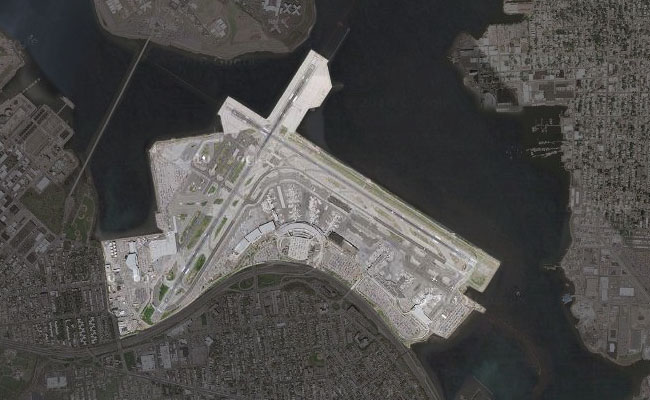
The way to alleviate flight delays is to either attack the supply or demand side of the airport problem. NextGen attacks the intersection between the two: creating a near-infinite amount of possible flight paths to connect the airport hubs. Yet it is the airports which are still the bottleneck. To increase airport supply you can either build new airports or runways, which is difficult due to cost and NIMBY activists; or reduce demand by reducing the number of flights – which has happened due to the economy – or by edict (which no one likes). Another way to redue demand is to fund alternative transportation – namely High Speed Rail. But that is for another post.
Part of this bottleneck is our own fault: we naturally want to leave and arrive at airports at times convenient to our schedules. I love the JFK-LHR flights because I can leave at 10pm and arrive at 7am, shower and take a meeting in the morning. But so does everyone else, so there is quite a rush hour for both departure and arrivals. Now multiply this throughout the world, and you have noticeable rush hours at the airports.
Then you add externalities such as weather, emergencies, and random acts of crazy which affects an interconnected system which is the modern airline system and you get today’s situation.
None of this will be alleviated by the NextGen system, which is useful in reducing flight delays but doesn’t help to alleviate airport delays.

